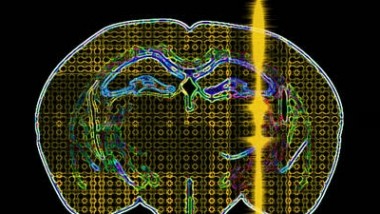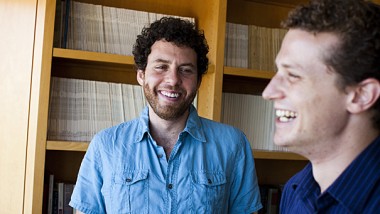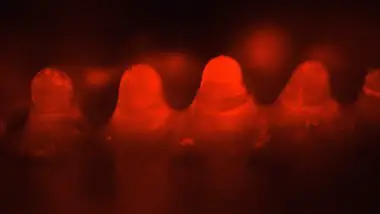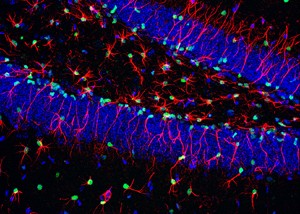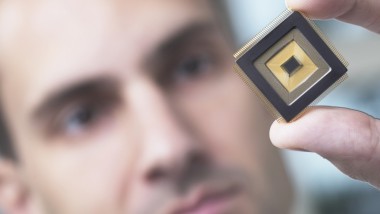Researchers at the Massachusetts Institute of Technology and Harvard University in Cambridge, Massachusetts are exploring new cancer drugs that work to slow or block cancer metabolism, effectively starving cancer cells to death. According to their study, the scientists identified a ...
Exploring the Role of Gut Bacteria in Digestion
A team of researchers from the U.S. Argonne National Laboratory has recently published a paper describing thoroughly the structure of bacterial enzymes, which play a fundamental role in human digestion. These bacteria help our digestion system to break down sugar ...
Ultrasound Helmets Control Brain Activity
Scientists at Arizona State University in Tempe, Arizona are exploring the use of ultrasound to stimulate brain activity without the invasive procedures or internal implants required for current electrical stimulation methods. In addition to treatment of neurological diseases like Parkinson’s ...
Potential Cancer Drug – From Sponges
Chemists from the Massachusetts Institute of Technology recently discovered an unusual method to synthesize agelastatins – chemicals emitted by sponges of the Agelas family, residing deep in the ocean. The new discovery could help scientists to develop a cure for ...
Moral Decisions Similar to Mundane Decisions?
Harvard University scientists discovered that the mechanism responsible for making moral decisions affects simpler decisions, especially the ones related to money and food. Scientists reached this conclusion using advanced brain imaging techniques, designed to identify brain activity during decision making. ...
Vaccine-Delivery Patch with Dissolving Microneedle
Researchers from Emory University and the Georgia Institute of Technology recently presented a new vaccine-delivery patch based on hundreds of microscopic needles that dissolve into the skin. The new technology could allow persons without medical training to painlessly administer vaccines, ...
Neural Stem Cell Safeguards
Researchers at the Salk Institute for Biological Studies in La Jolla, California have identified the safeguards preventing neural stem cells from dividing indefinitely, ensuring that a pool of such cells remain available to the brain throughout each person’s entire life. ...
Researchers Reveal Gene That Causes Chronic Pain
A team of researchers led by scientists from Hebrew University, Israel, have reported the successful identification of a gene associated with susceptibility to chronic pain caused by nerve injury in humans. This study is the first time such a gene ...
Philips’ New Digital Photomultipliers
Scientists at Philips have developed new fully digital Silicon PhotoMultipliers (SiMPs) that may replace detectors within PET scanners as well as open up possibilities for other ultra-sensitive detectors for DNA sequencing and protein microarrays. Digital silicon photomultiplier offers faster and ...
New Study Examines the Brain’s Wiring
Researchers from University of Southern California recently published a study that describes the communication between different parts of the brain. The new paper might help future researchers understand better the wiring of the human brain, although scientists conducted the experiments ...


